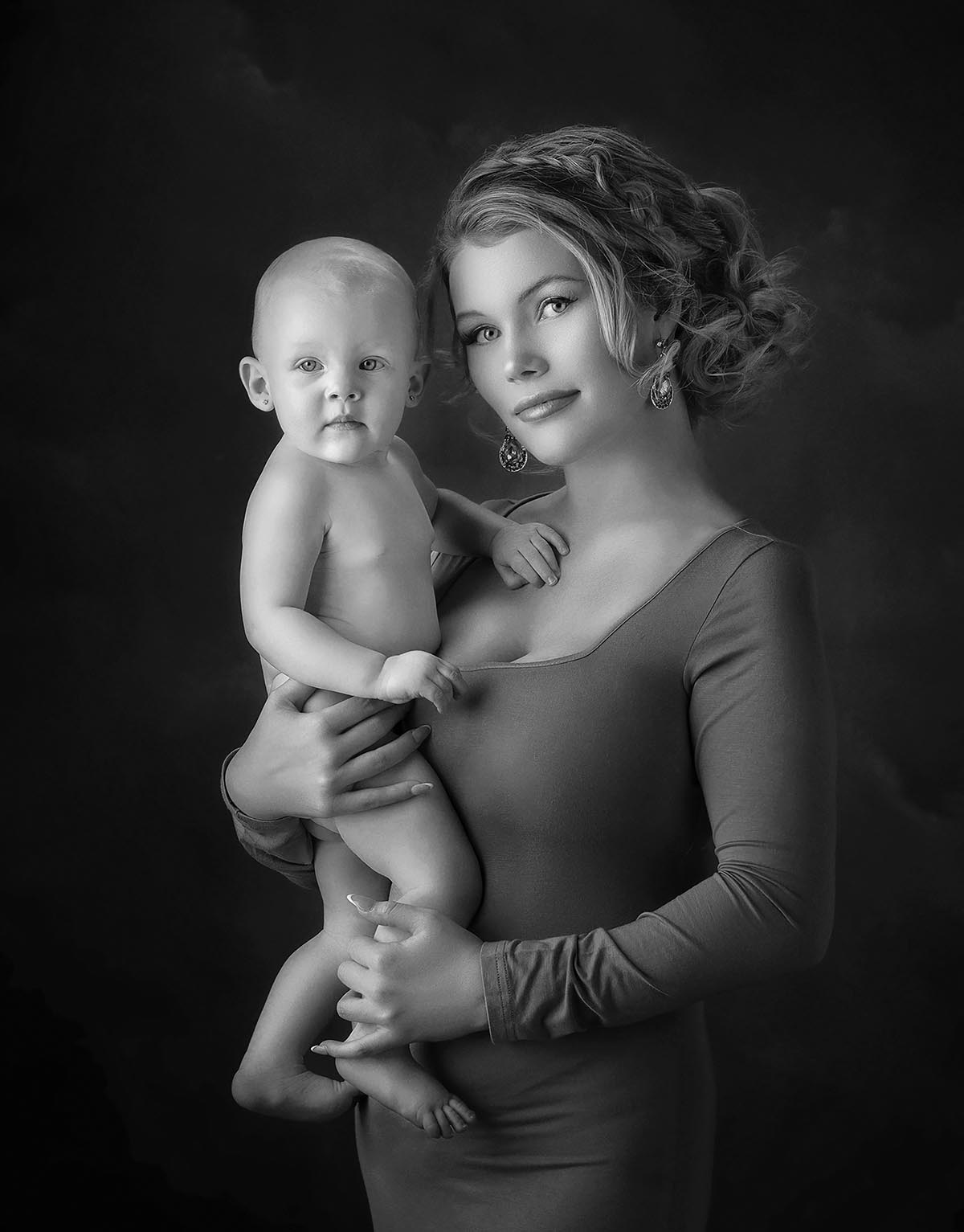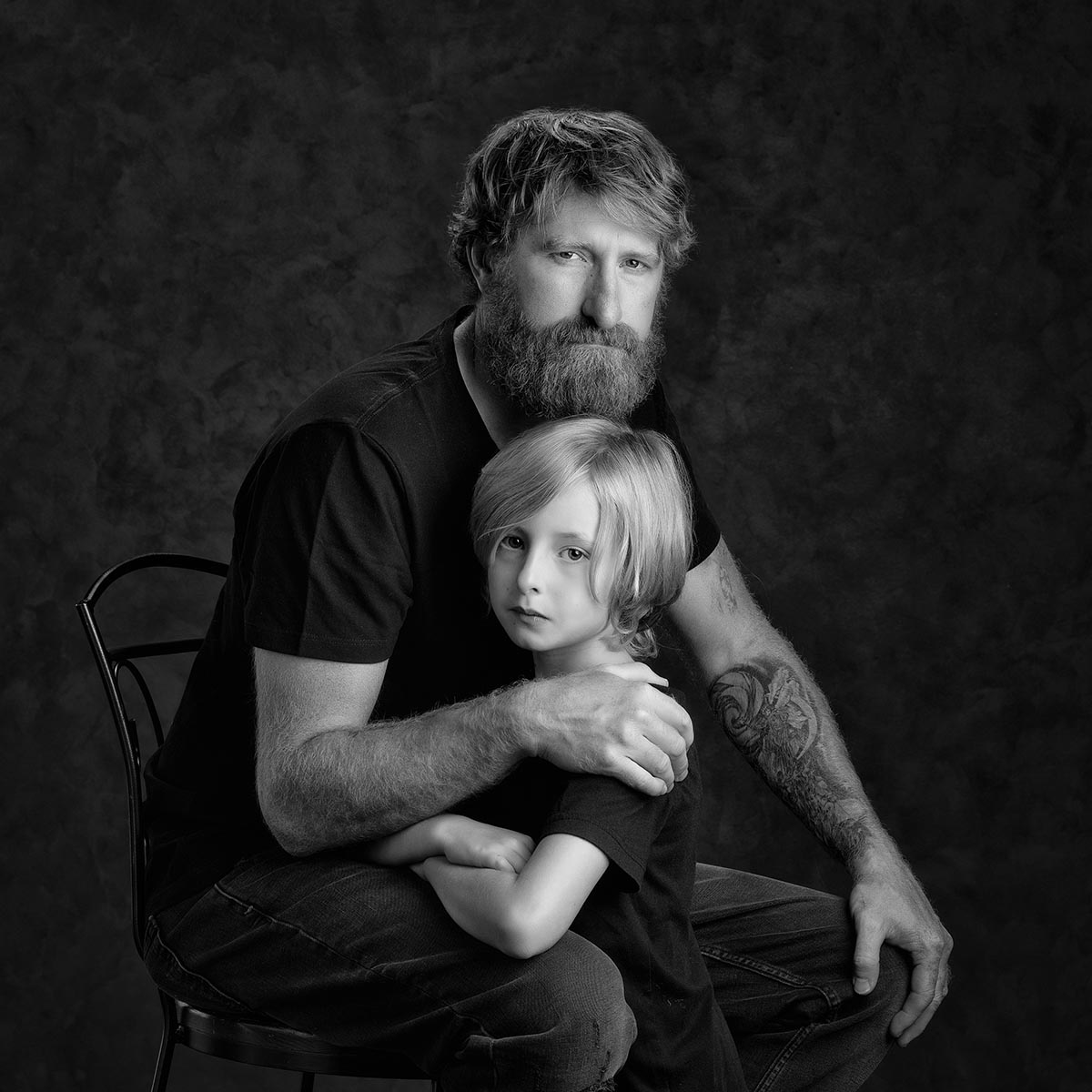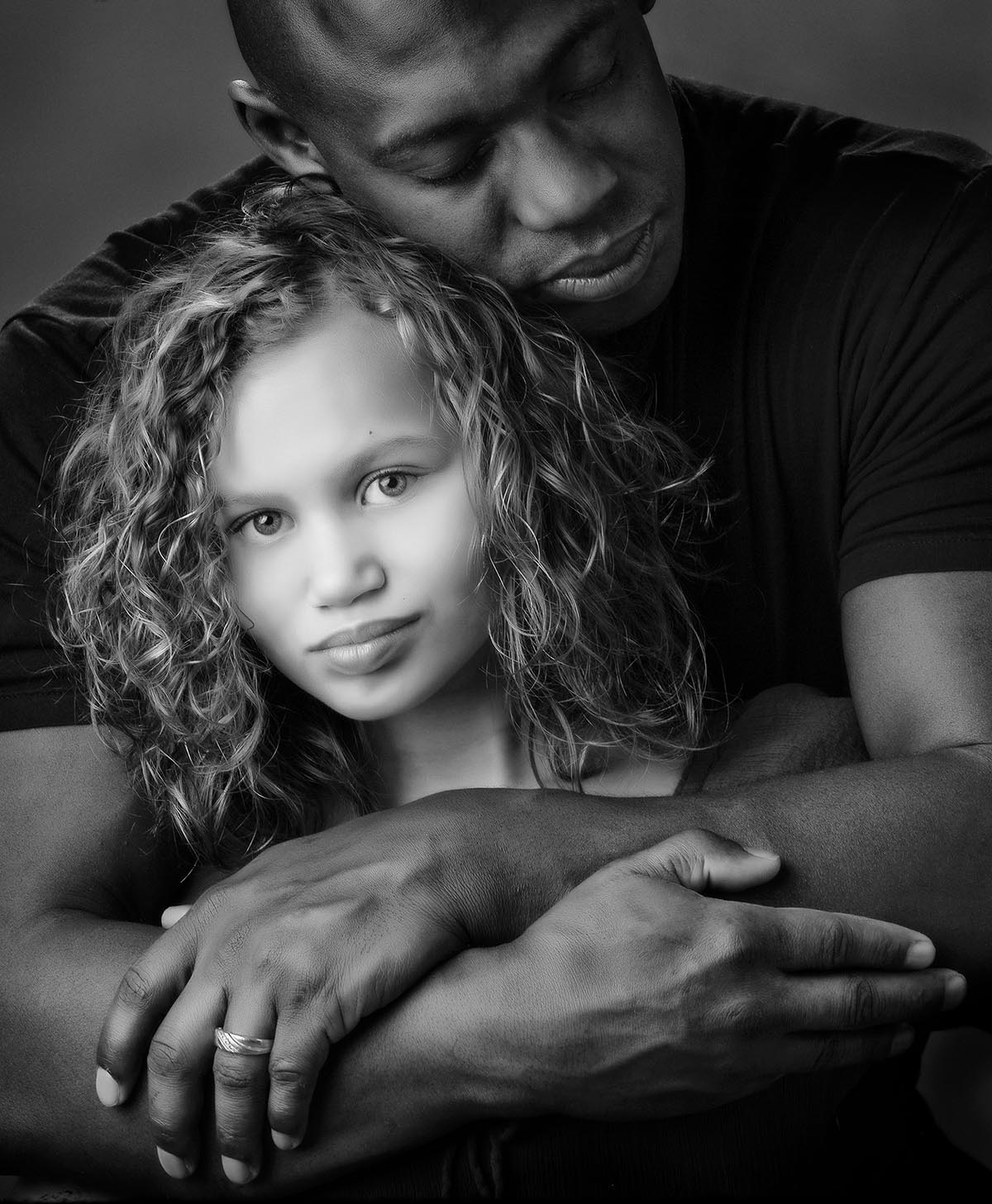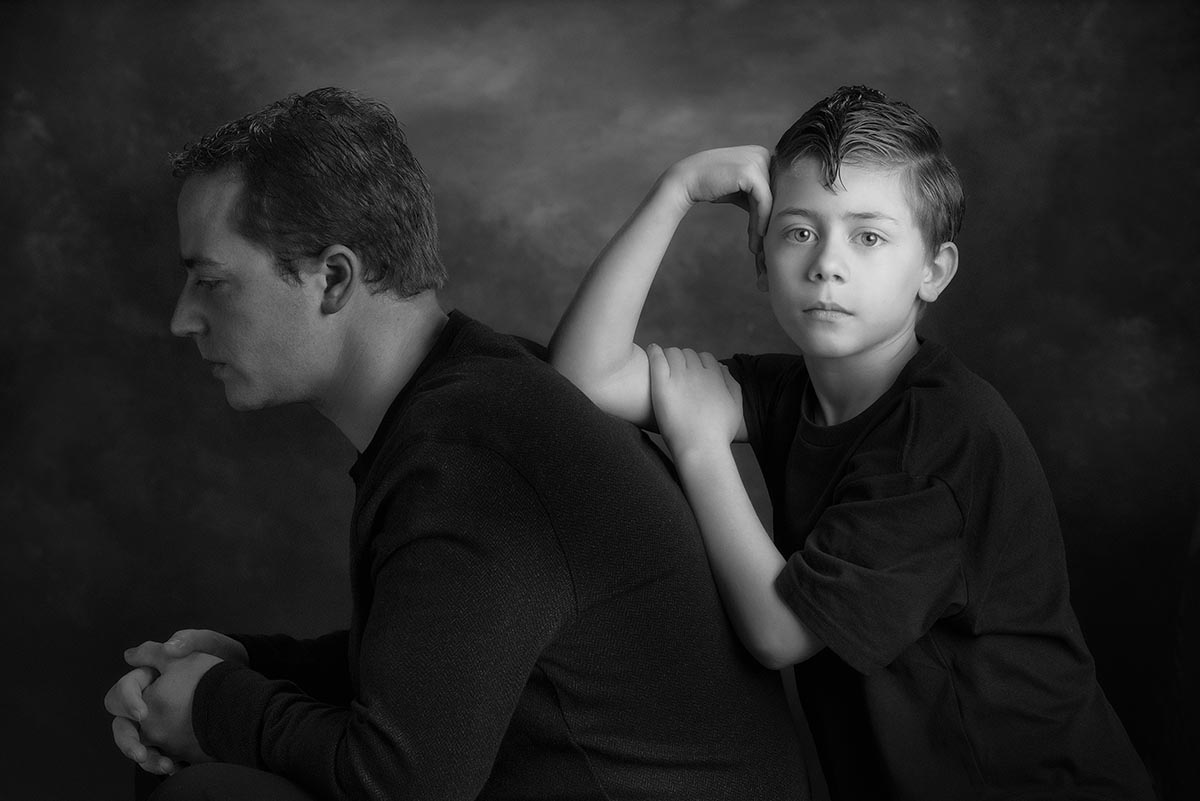For decades, husband and wife team Tim Walden, M.Photog.Hon.M.Photog.Cr.,CPP, F-ASP, and Beverly Walden, M.Photog.Cr., have strived to create an emotional experience for clients at their Lexington, Kentucky, studio. That experience helps distinguish them in a crowded portrait marketplace, and it also engenders a level of loyalty that brings back clients for generations. The Waldens’ is an emotionally saturated brand that focuses on the unique stories of each client. They follow a plan that helps them leverage the power of emotion while building stronger connections, happier clients, and higher sales.

Tim and Beverly Walden
THE WALDEN WAY
DEFINE YOUR STYLE. “You’re successful when you define a style,” says Tim. “People recognize that style, and they’re drawn to you because of that style.” Once people have been attracted to your style, you can begin to build the emotional connection that will not only fuel the portrait process but feed future marketing efforts as well.
MARKET THE RESULT OF YOUR ART. Too many people focus on the specific elements that go into making the art rather than marketing the end result and the emotional appeal it brings. They talk about square inches and textures, mounting boards, spray finishes, and all the things that are important to the craft but not so important to the client. This is the equivalent of a luxury car salesperson talking only about the mechanical parts under the hood. For most consumers, such details are not as important as the sum of all the parts and certainly not as meaningful as how the experience and the final product will make them feel. Focus on the result of the process, and all the details explained to the client should support the most important thing, which is emotion.

NEVER PHOTOGRAPH A STRANGER. “I never want to photograph a stranger,” says Tim. “I’d much rather photograph a friend, and I can’t photograph a friend until I make a friend.” This relationship-building element is critical to marketing with emotion. For the Waldens, it begins during the initial consultation, which they view as an opportunity to get to know their clients and understand them on a deeper level.
“At this stage, the last thing I want to talk about is photography,” says Tim. Instead, he talks about the clients, asking about their families, their spouse, their greatest ambitions for their children. “Those may sound like odd questions for a photographer to ask, but they’re not odd questions for a friend. And they’re not odd questions when it comes to interpreting the storytelling side of what you do.”
LEARN THE STORY. Knowing someone’s story helps you look at them differently, and it brings another dimension to the work, says Tim. “When I know someone’s story, I become a different photographer. I push the button at a different time. I see things I wouldn’t have seen before. I notice something happening and I encourage it because it’s part of the story.”
Learning the story stems from the initial appointment then extends into the portrait experience, where clients feel comfortable enough to be vulnerable. “People will not become vulnerable in front of your camera until you become vulnerable,” says Tim. “So, you need to let those walls come down.”

GET PERMISSION TO TELL THE STORY. Once you’ve created an emotionally saturated storytelling portrait, ask for your client’s permission to share their story. This is where the Waldens leverage their work to attract more clients who are drawn to the emotional elements of their images. They share the portraits online with short vignettes written by Beverly that add color to blogs, social media posts, marketing emails, and printed collateral. “When you tell someone else’s story instead of always talking about yourself, they become evangelists for you,” explains Beverly. That has real appeal to other potential clients who are looking to make a meaningful connection for insightful portraits.
BRING FRIENDSHIP FROM ISOLATION. Especially since the COVID-19 pandemic and the isolation it brought, people are actively seeking connection. “People want a friend, they want somebody to talk to, they want to be seen, and they want to be heard,” says Beverly. “There’s a great lack of that personal touch today, so we strive every day to create a friendship that goes beyond photography.”
That means keeping in touch, checking in on people, and keeping your name ever present. “Maybe they don’t need a portrait today, but when they do, our name needs to be top of mind. We constantly build those bridges and keep building those bridges to stay in their lives in an appropriate way.”

CELEBRATE WHAT’S MOST IMPORTANT. Coming out of a global pandemic that shook many people to their core, the Waldens have noticed a heightened appreciation for what matters most—things like family and relationships. “That’s made it easier to connect with people because of their deeper appreciation for what’s valuable,” says Tim. “Because that’s what we do. As photographers, we celebrate the things that are most important.”
Celebration also makes the marketing messages poignant. The closer people are to the mindset of celebrating what means the most to them, the more the emotional appeal takes root. It works because it’s sincere. When promoting an emotionally-based brand, photographers need to understand that their work means something to people. These times with their family, their loved ones, can seem fleeting, and a talented photographer can memorialize those occasions like no other art form. If you can get that message across and form deeper connections to back it up, then you’re on your way to building a more resilient business on an emotional brand.
Jeff Kent is editor-at-large.




